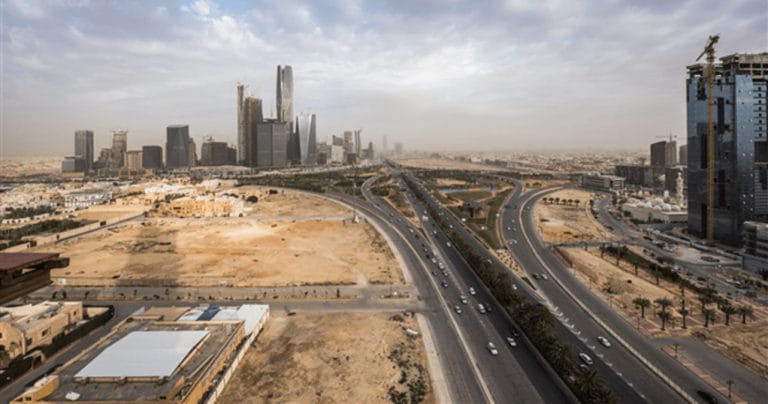🎧 Listen to This Article
Saudi Arabia’s move to raise the White Land Tax to 10% is a crucial step in its broader Vision 2030 goal to balance the real estate market. The government has effectively shifted the tax burden, adding a fresh layer of urgency to develop vacant and undeveloped land. At a time when Riyadh is grappling with skyrocketing land prices and strained housing affordability, these reforms send a clear message: speculation and hoarding are no longer acceptable.
Why This Matters
The Kingdom has struggled with an oversupply of vacant land and buildings, often underused by speculative investors who sit on property for years without any meaningful development. Now, the government is taking an aggressive stance to counter this, aiming to lower real estate speculation, accelerate development, and ultimately ease the pressure on the housing market. This move is particularly important in the context of Saudi Arabia’s urbanization drive, where creating affordable housing is essential to support its growing population.
The increase in the tax rate, which climbs from 2.5% to as high as 10% on undeveloped land, targets not just individual plots but also contiguous land holdings in urban areas, signaling a shift towards more comprehensive land-use reform.
However, it’s the inclusion of vacant properties that introduces the real innovation; now, long-vacant buildings face an annual levy of up to 5% of their estimated rental value. The hope is that this will force owners to either develop or sell underutilized properties, creating a more fluid real estate market.
So, What’s At Stake?
For landowners, this represents a major shift in how they must approach property investment. Historically, land hoarding was an attractive strategy in a rapidly growing market, but this policy reduces the profitability of such an approach. It also places a clear emphasis on land productivity; land must be used effectively or owners will face substantial taxes.
The broader implications extend beyond just property owners. These reforms align with the government’s larger efforts to enhance access to affordable housing for the population, which is an ever-growing concern in the face of urbanization and rising land costs. For developers, the tax hike is an opportunity to acquire underutilized land at a potentially lower cost, although the pressure to build quickly may outweigh the traditional wait-and-see approach.
What’s Next?
For businesses and property developers, strategic planning becomes crucial. Developers in urban centers like Riyadh and Jeddah should start re-calibrating their land portfolios, focusing on quicker turnarounds and prioritizing projects that will make a meaningful impact on the housing market. Those sitting on undeveloped land may need to accelerate development timelines to avoid higher taxes. Additionally, stakeholders should keep a close eye on the forthcoming executive regulations for vacant property fees, as they will clarify the exact implementation process.
For policymakers, the next key step is ensuring that the regulatory framework is solid and that the infrastructure to monitor vacant properties and land use is robust. Transparent enforcement mechanisms, including a unified property database and grievance channels, will be essential in maintaining fairness in the system.
What to Watch
- Regulatory updates within 90 days for undeveloped land tax implementation.
- Detailed guidelines for vacant property fees, expected in one year.
- Impact on real estate prices and housing affordability, particularly in Riyadh and Jeddah.
- The long-term effects of incentivizing rapid development on urban landscape planning.
- Increased investment activity as a result of more affordable land becoming available for development.
For further details, clarification, contributions, or any concerns regarding this article, please get in touch with us at editorial@tax.news. We value your feedback and are committed to providing accurate and timely information. Please note that our privacy policy will handle all inquiries.



